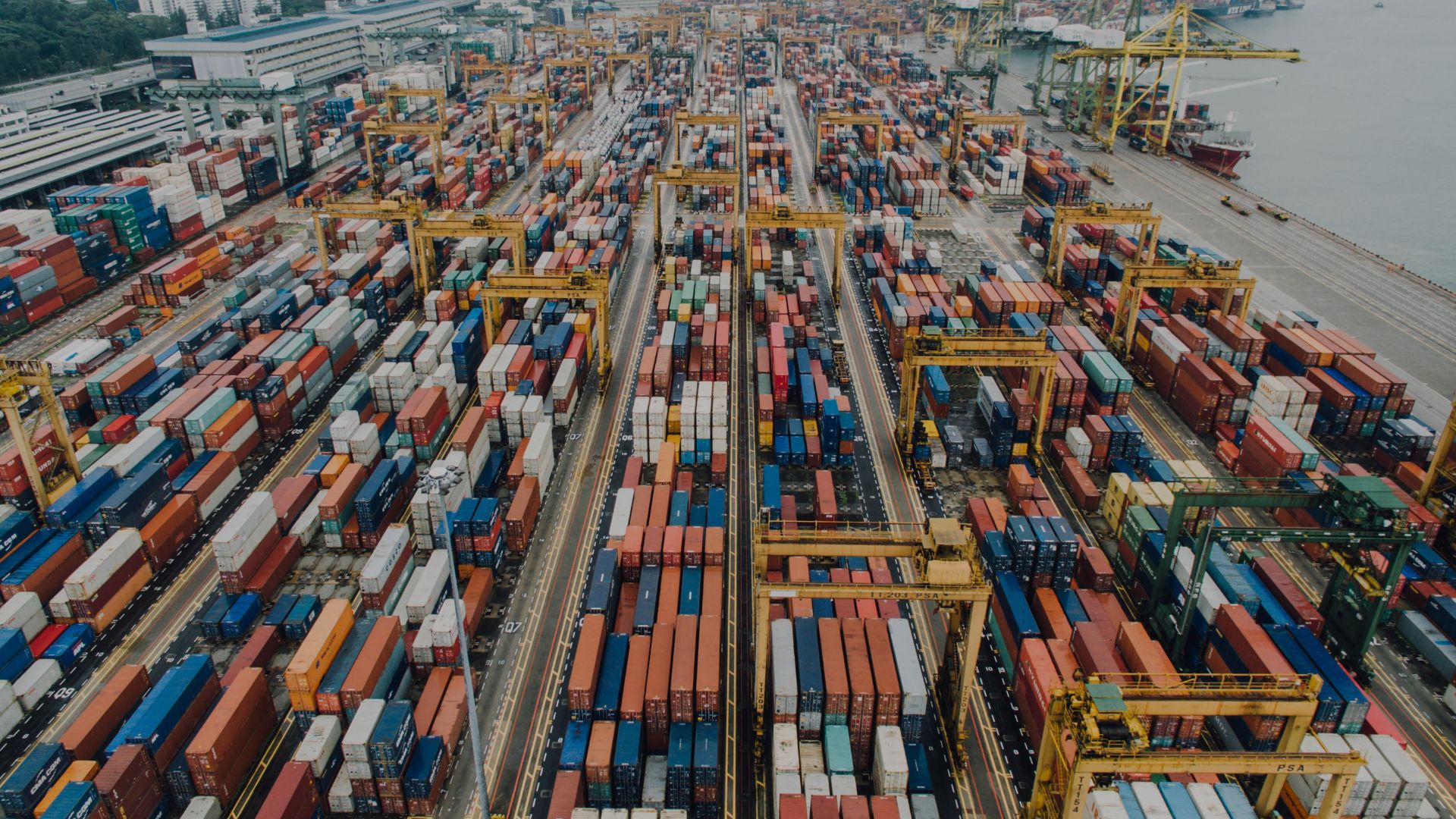Sea freight is the backbone of international trade, and at first glance it seems simple: you load goods into a container, put it on a ship, and the shipment goes to its final destination. But those who look further into the complex world of ocean freight quickly discover that there are many misconceptions that can cost companies dearly. Here are five common misconceptions about sea freight that it is better to avoid as a shipper.
1. ‘There are always enough containers available’
Many companies assume that containers are always easy to find. The idea is simple: if you want to ship goods, you arrange for a container. But in reality, container availability is often limited and depends on several factors, such as region, season and market demand.
There are various container sizes, such as 20-foot, 40-foot and 45-foot containers, as well as specialised types such as reefers (refrigerated containers) and open-top containers. Not every container is suitable for every cargo, and shipping companies sometimes impose strict conditions on the use of their containers. In addition, shipping companies often strategically shift containers to routes with higher demand, such as between East Asia and Europe, which can lead to shortages on less popular routes.
2. ‘Tracking always provides real-time insight’
In today’s day and age, it seems obvious that you can track all your shipments in real time, just as you can with a parcel for home delivery. With sea freight, however, this is more complicated.
Although technologies such as GPS and RFID have improved shipment tracking, tracking is not always completely accurate or real-time. Often, tracking systems provide only a snapshot of the container’s location, and there are delays in updates, especially when the container is on the open sea or arriving at remote ports. This can be problematic, especially for companies that rely on just-in-time deliveries.
3. ‘The price of sea freight is determined by transport costs’
Many companies think that sea freight rates are mainly based on direct costs such as fuel, labour and maintenance. In reality, other factors play a major role in pricing.
Sea freight rates are strongly influenced by supply and demand on specific routes. On popular routes, such as from China to Europe, demand is often much higher than on return routes, resulting in significant price differences. For instance, transporting a container from China to Europe can be three to four times more expensive than the same container on the return route. Seasonal peaks, economic conditions and fluctuations in the market also influence rates significantly.
4. ‘All ports operate the same’
It may seem logical that ports operate the same way worldwide, but the reality is different. The organisation, infrastructure and efficiency of ports can vary greatly depending on their location and type of port.
For example, the port of Rotterdam operates with sophisticated deep-sea terminals that are open 24/7, while some ports in the United States have limited opening hours and are often closed on weekends. These differences can lead to delays and higher costs. Ownership structures also vary by country: in the Netherlands, ports are often private companies with public shareholders, while ports in Germany and France are state-owned.
5. ‘Everyone gets the same freight rate’
There is a persistent misconception that every shipper pays the same freight rate. In reality, rates can vary widely, depending on the relationship with the shipping company, the volume of shipments and the method of booking.
Shipping companies often distinguish between large customers with long-term contracts and occasional customers booking through the spot market. Large customers, the so-called ‘space-fillers’, usually get lower rates because of their fixed volumes and long-term cooperation. Smaller shippers, who book occasionally, usually pay higher rates and are more often subject to surcharges, such as fuel surcharges and congestion surcharges.
Conclusion
Sea freight may seem simple, but reality is often complex and full of nuances. Misconceptions about container availability, port operations and transparency of tracking information can lead to delays, higher costs and logistics headaches. By having a better understanding of these five common misconceptions, companies can optimise their sea freight strategies, cut costs and respond more effectively to the challenges of international trade.
